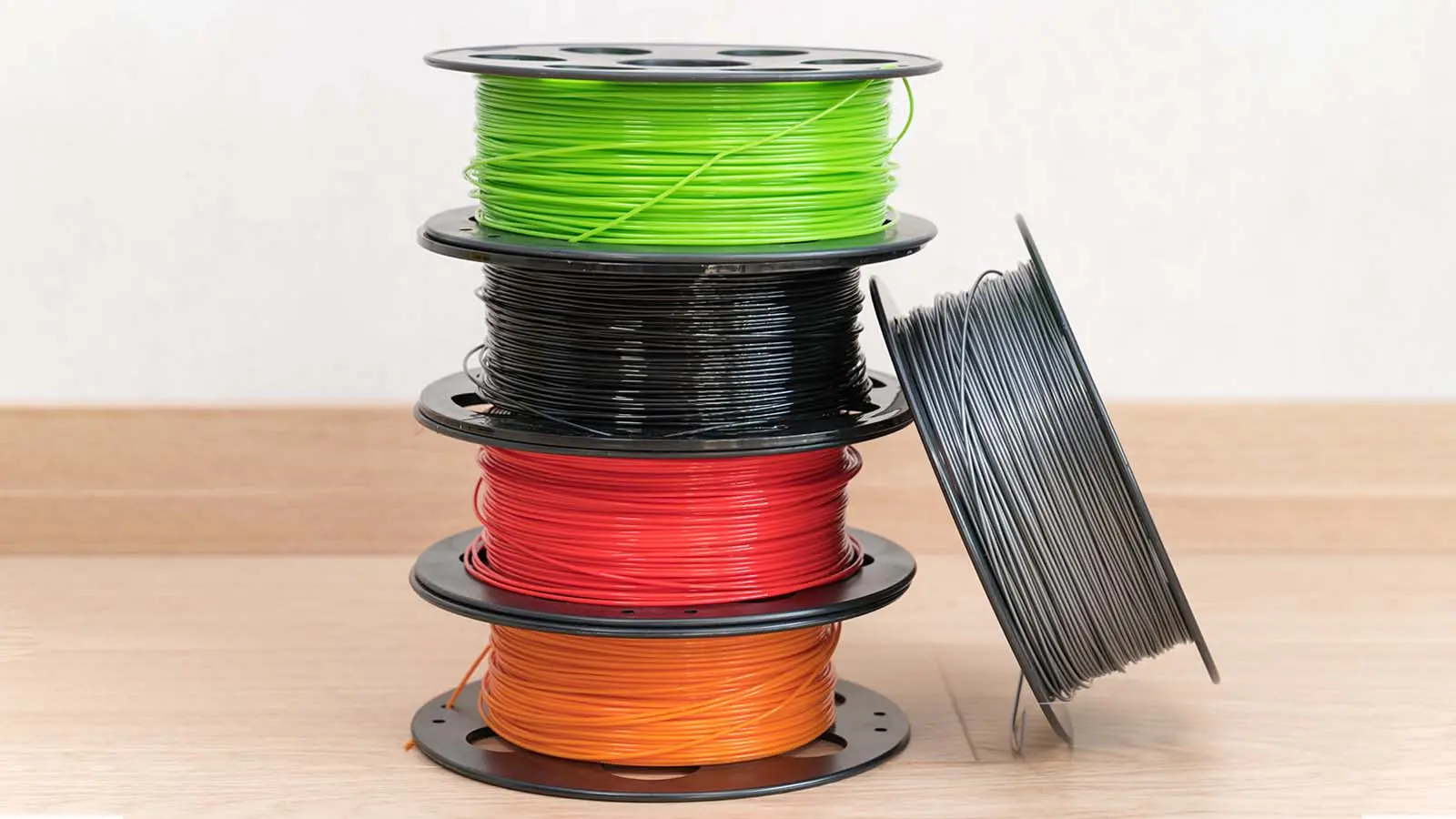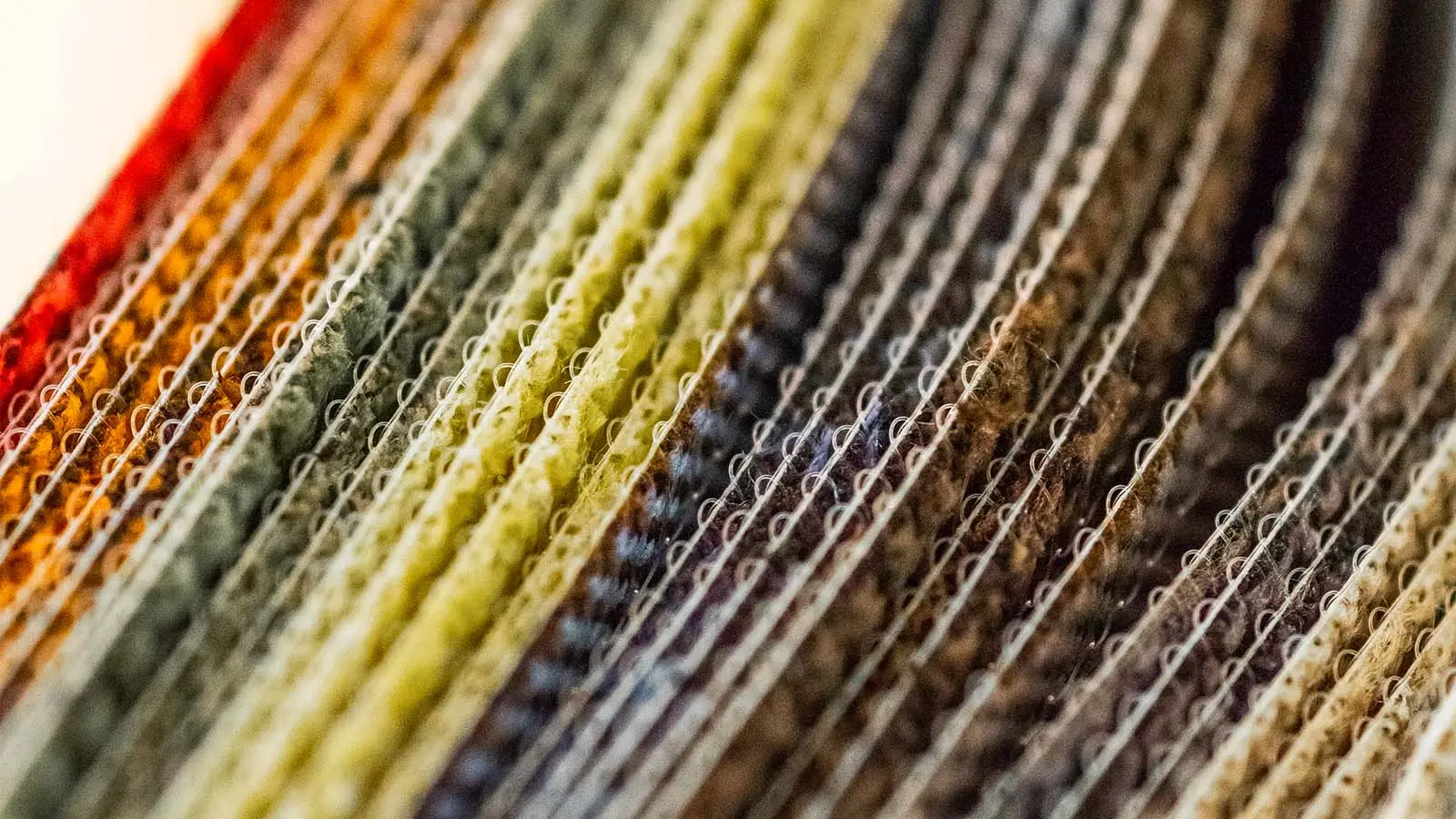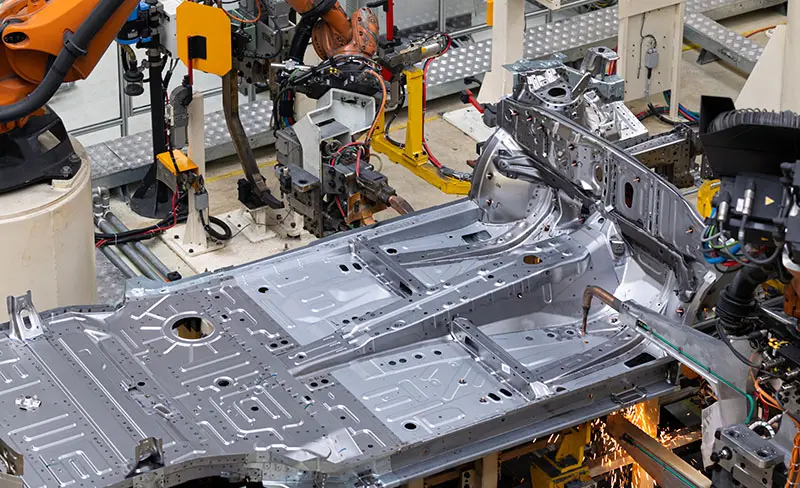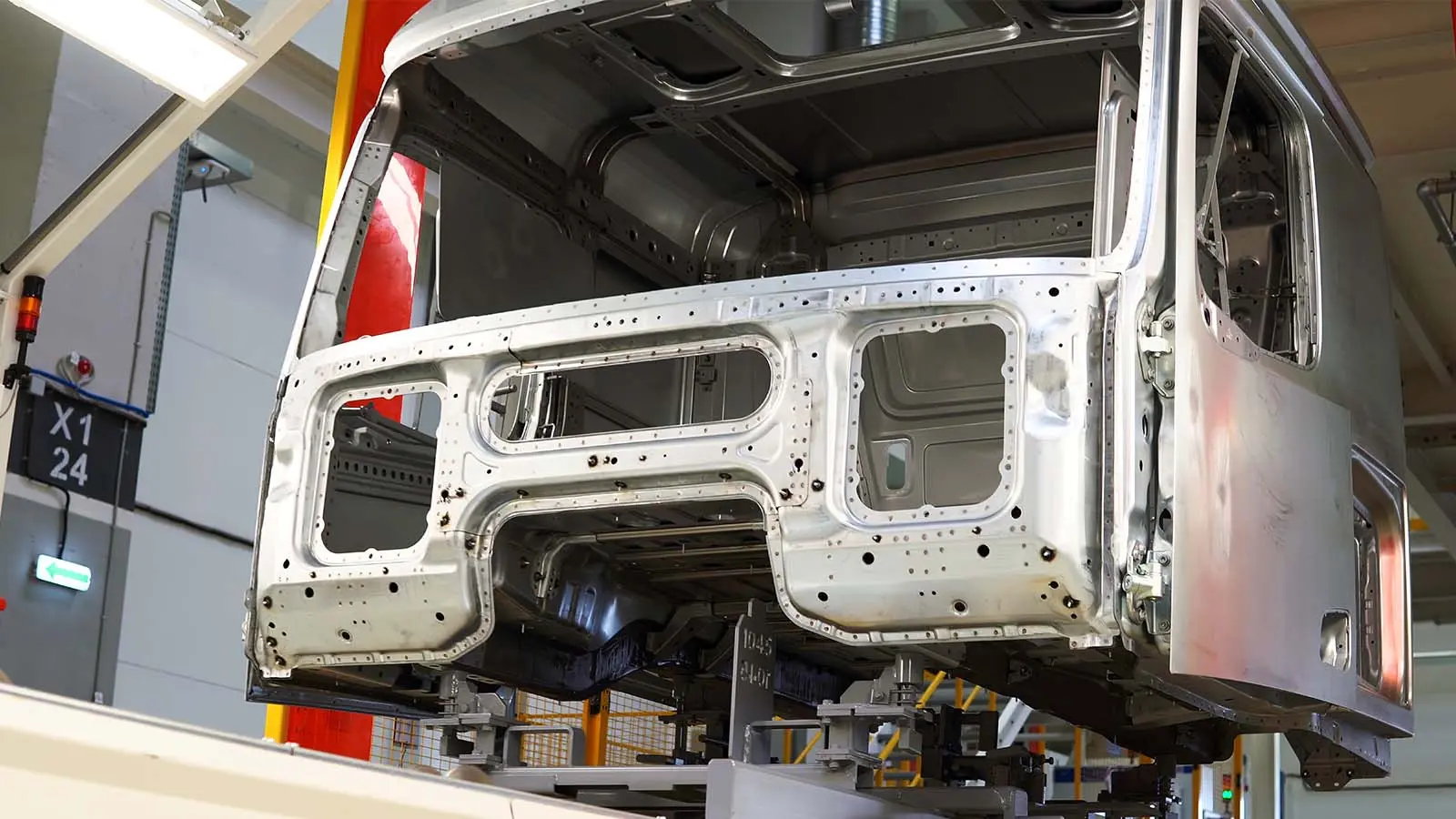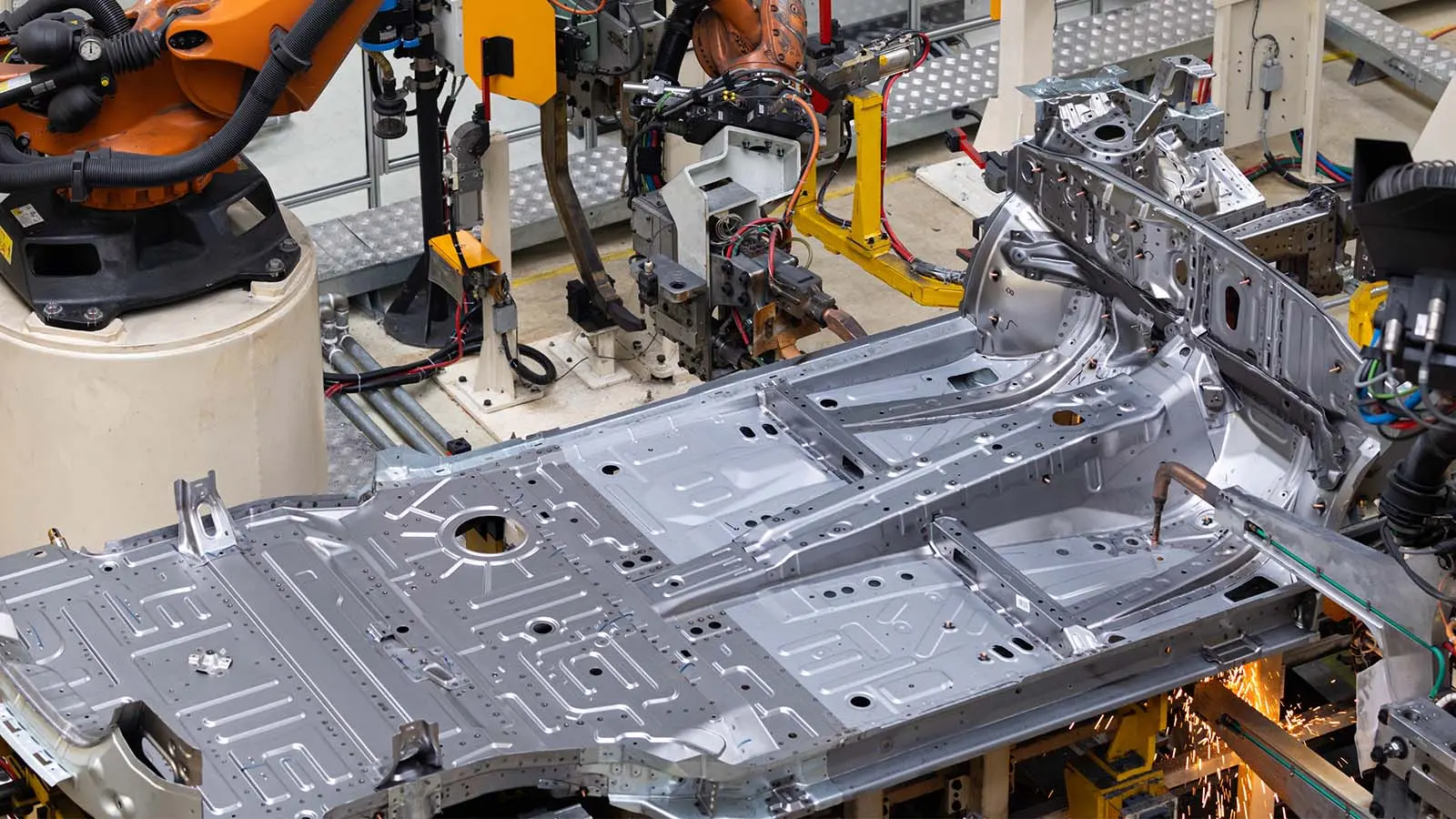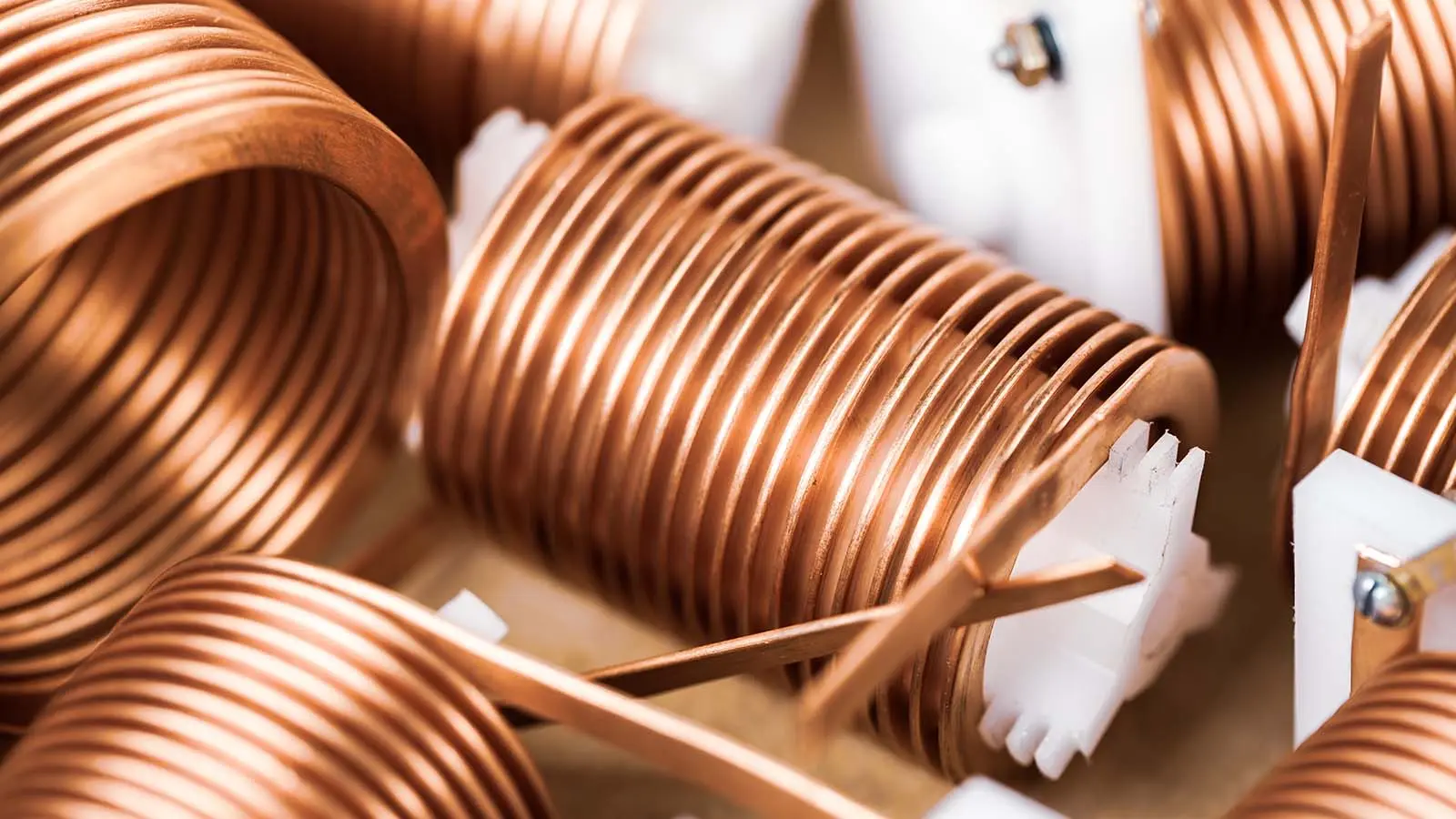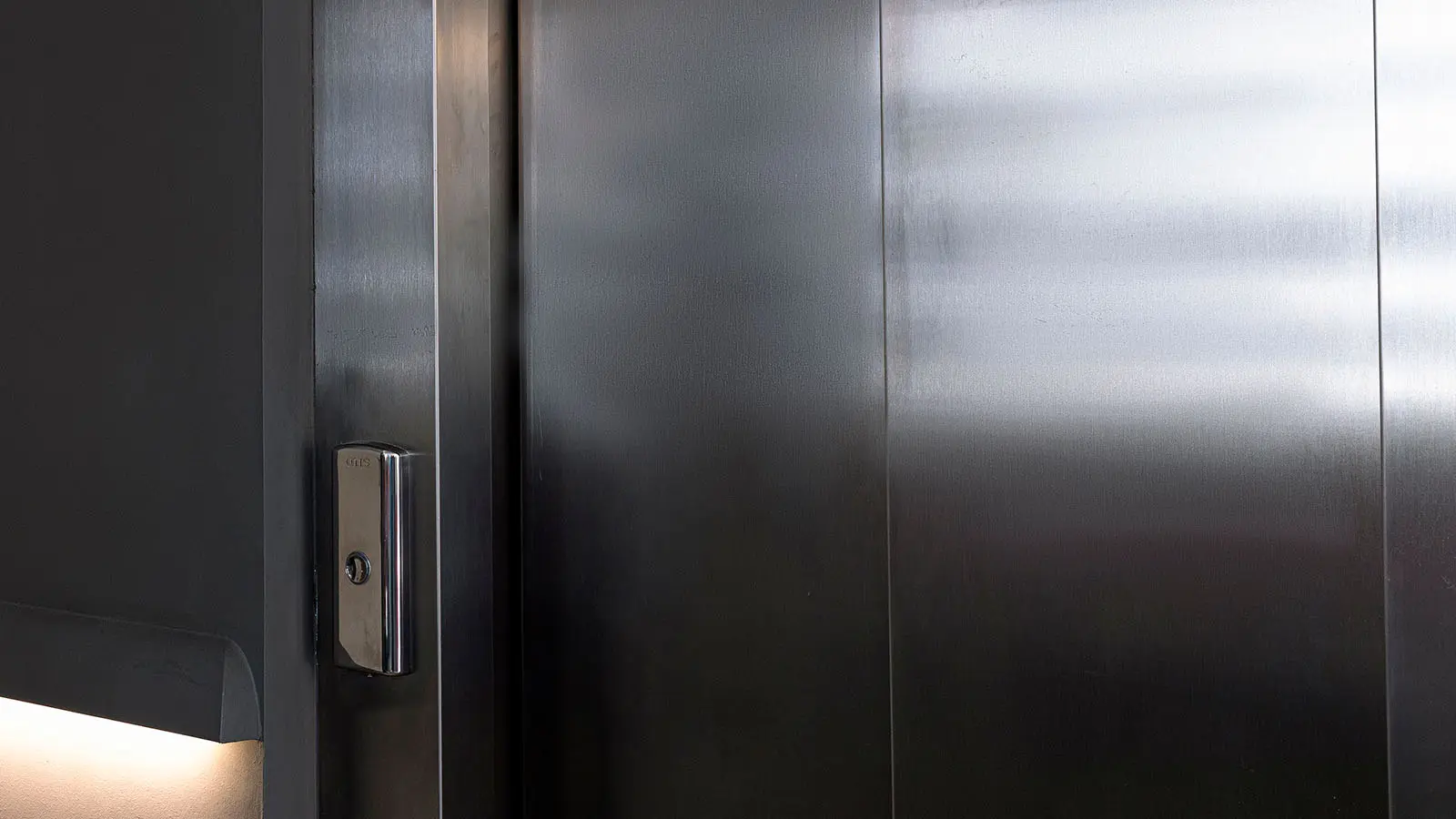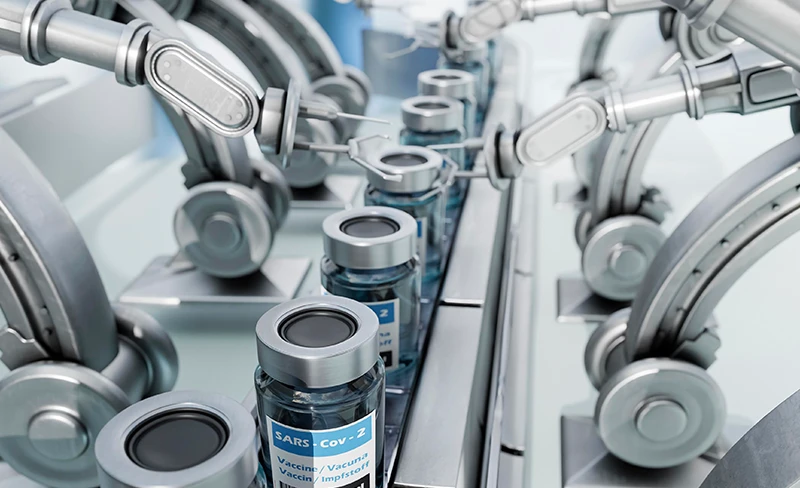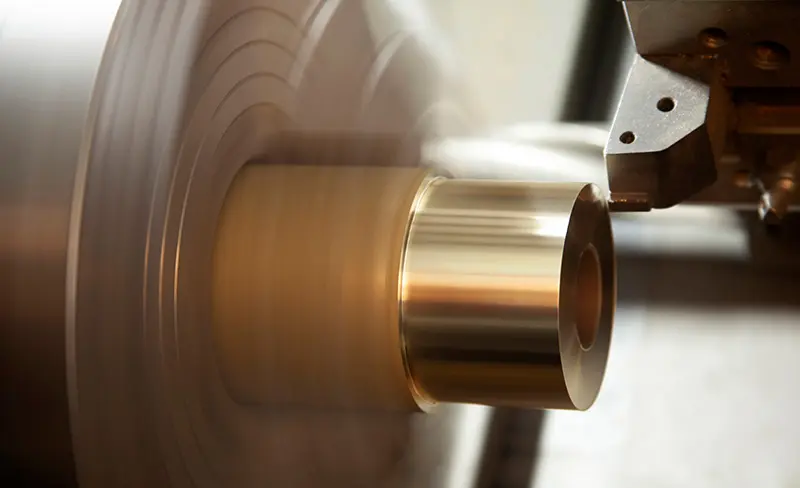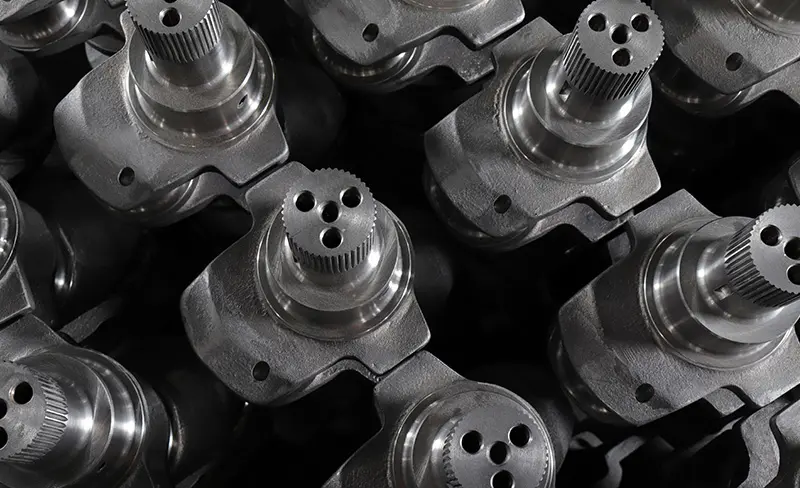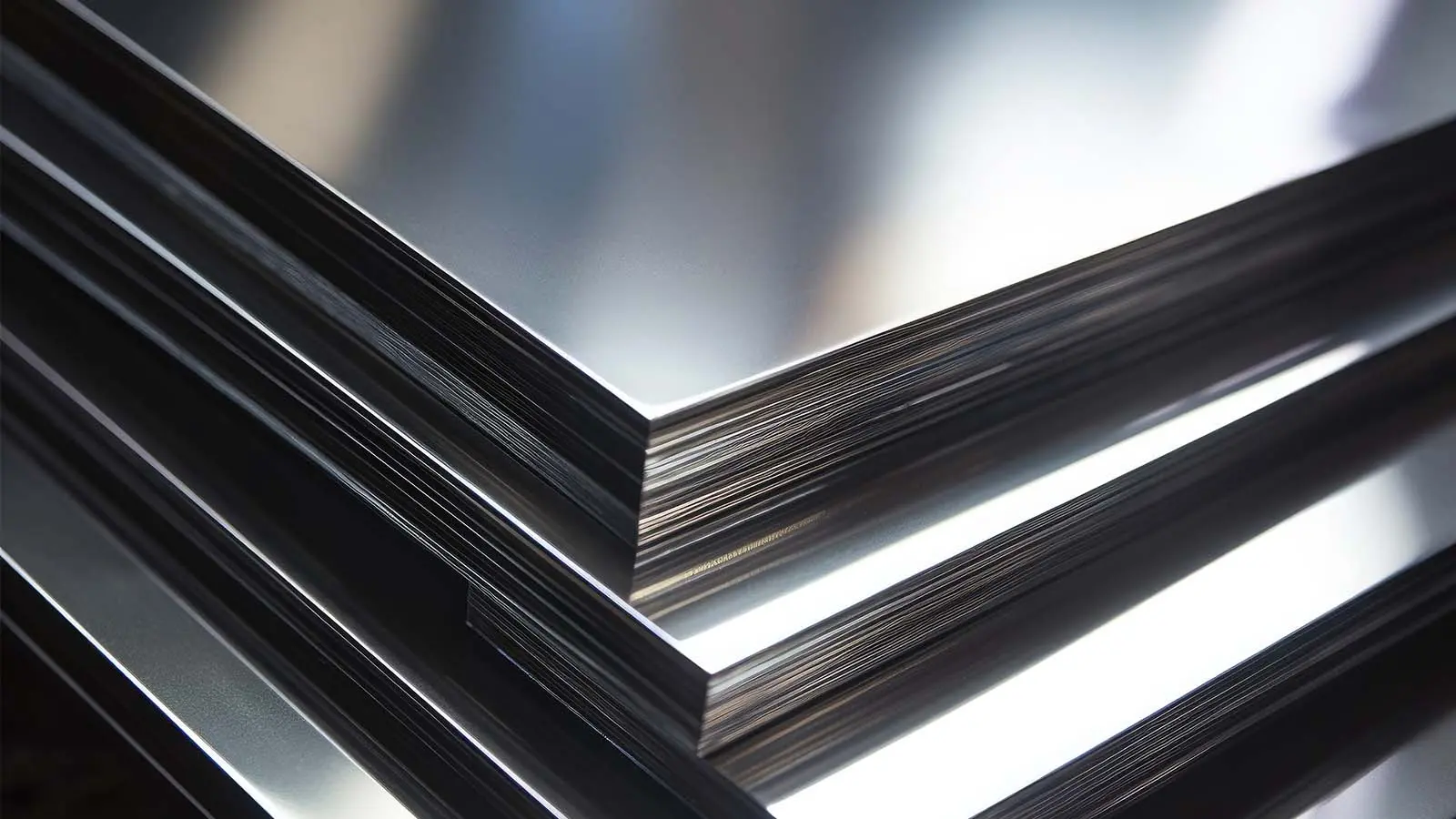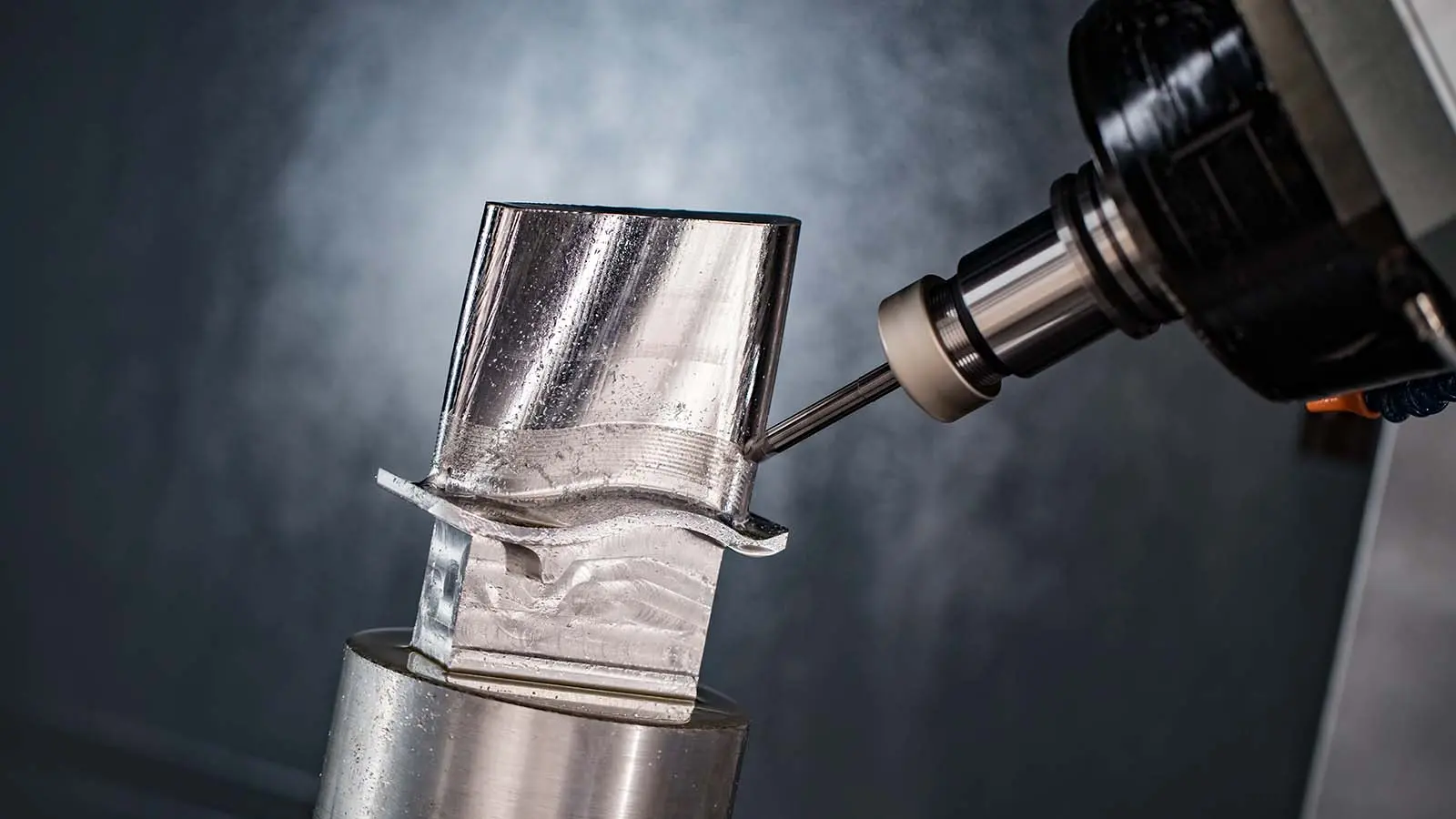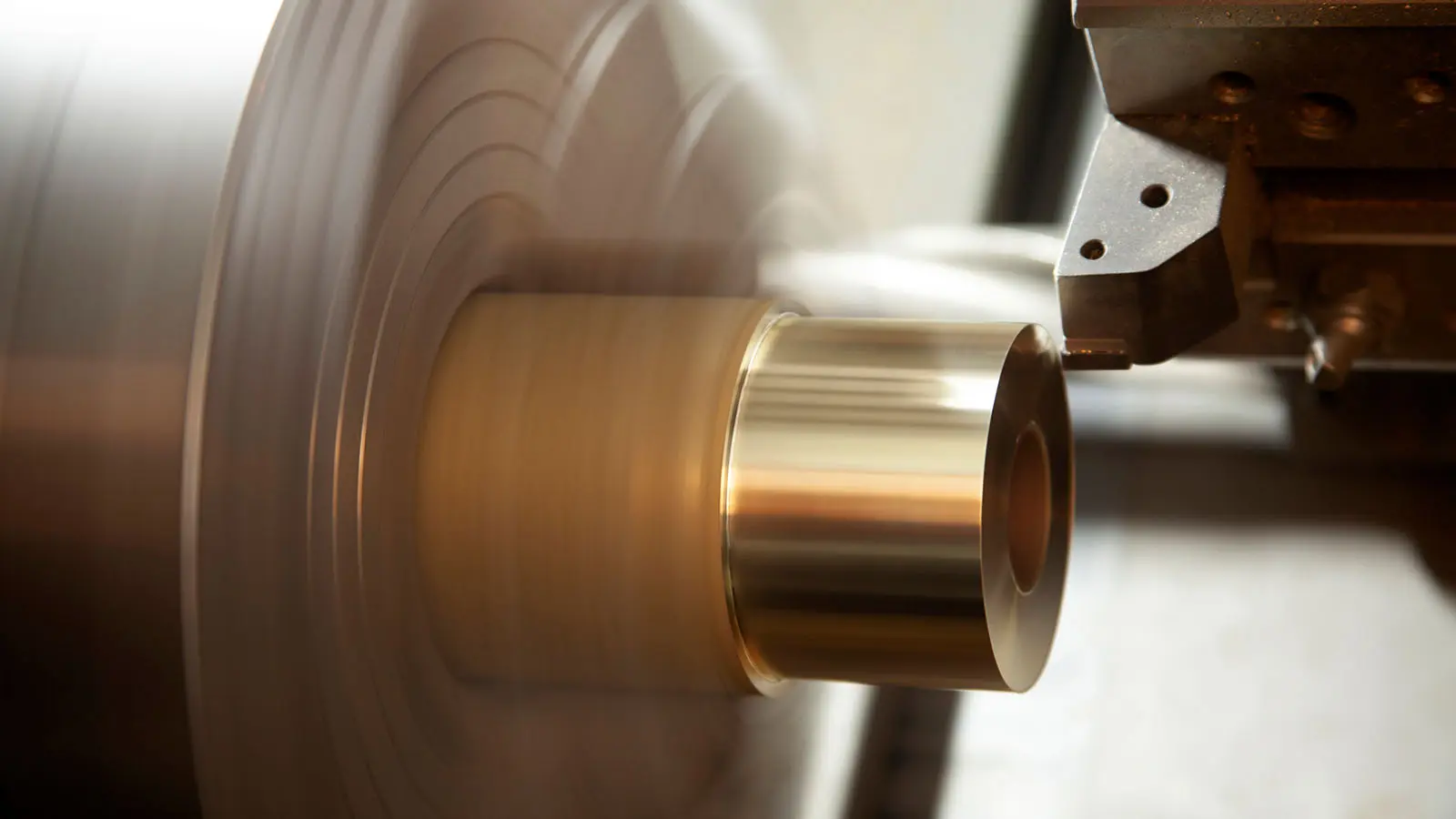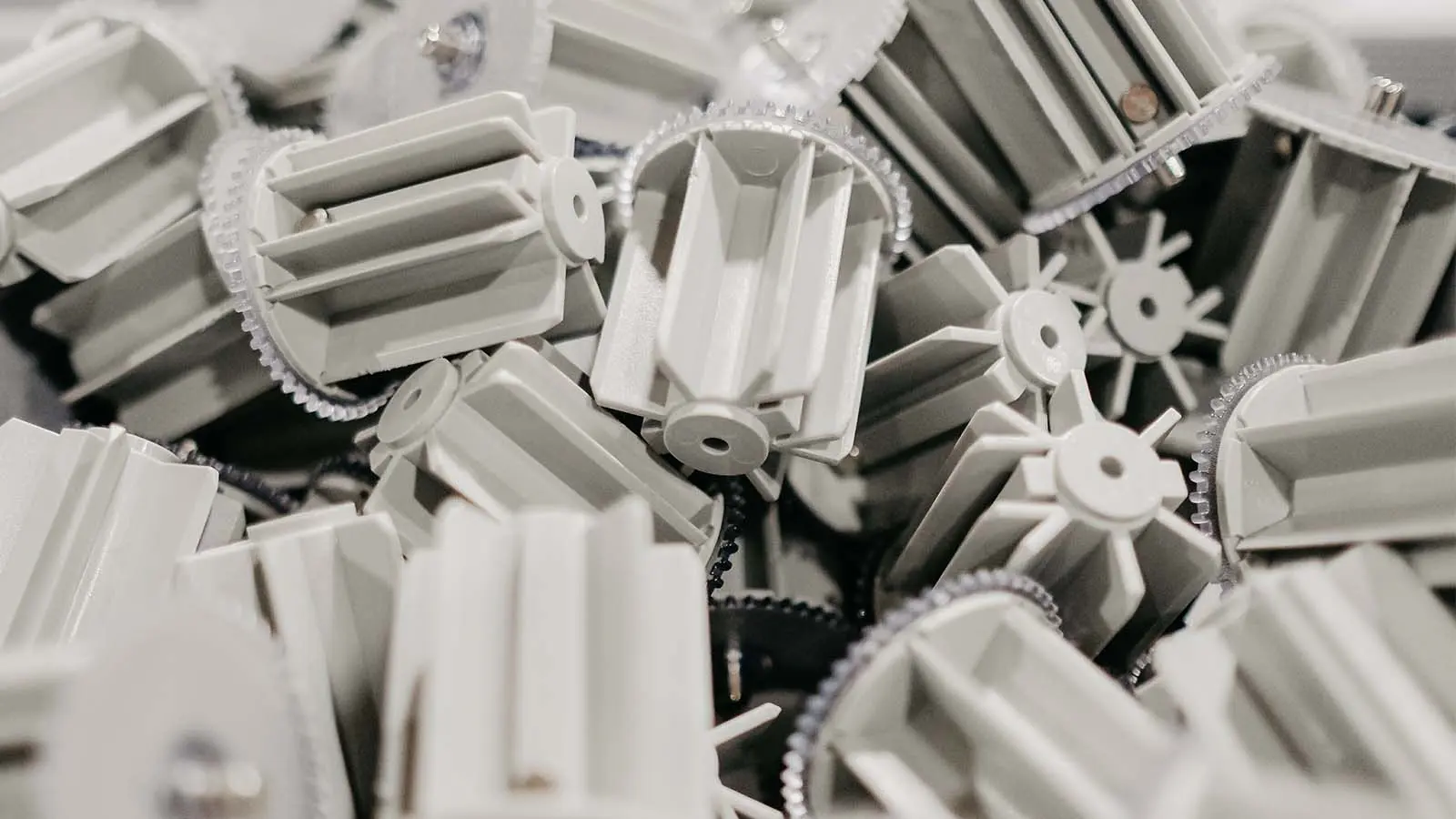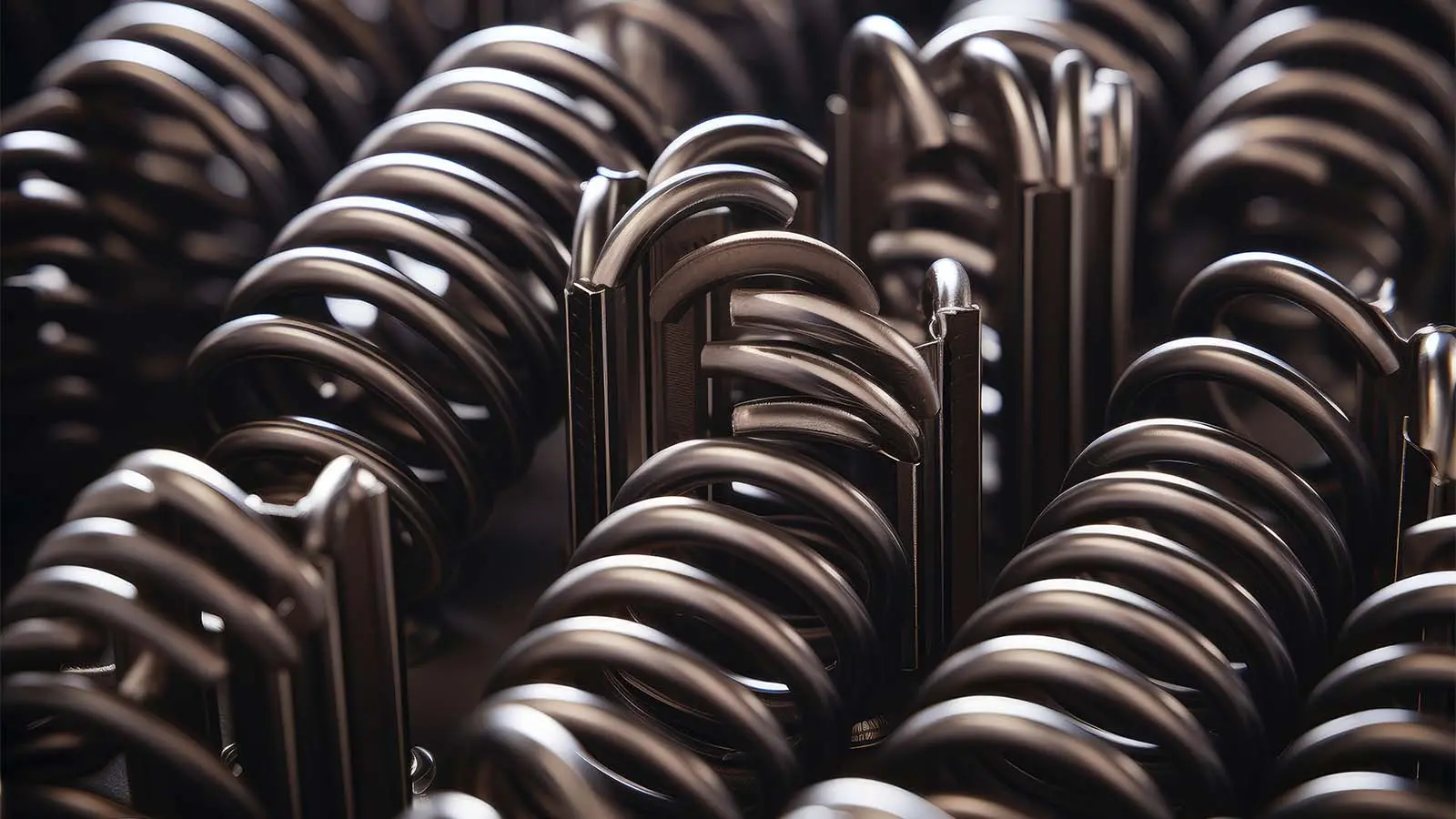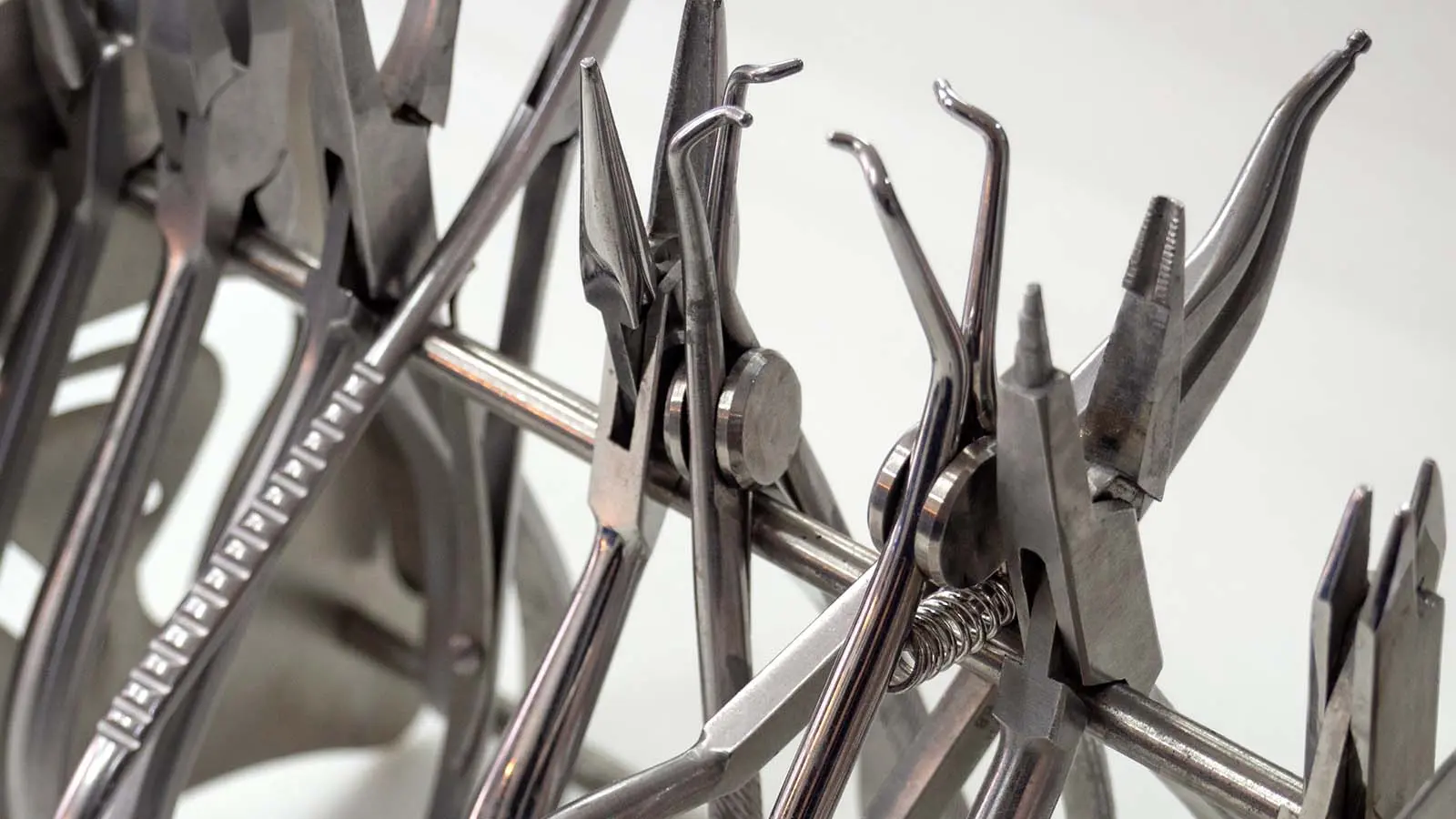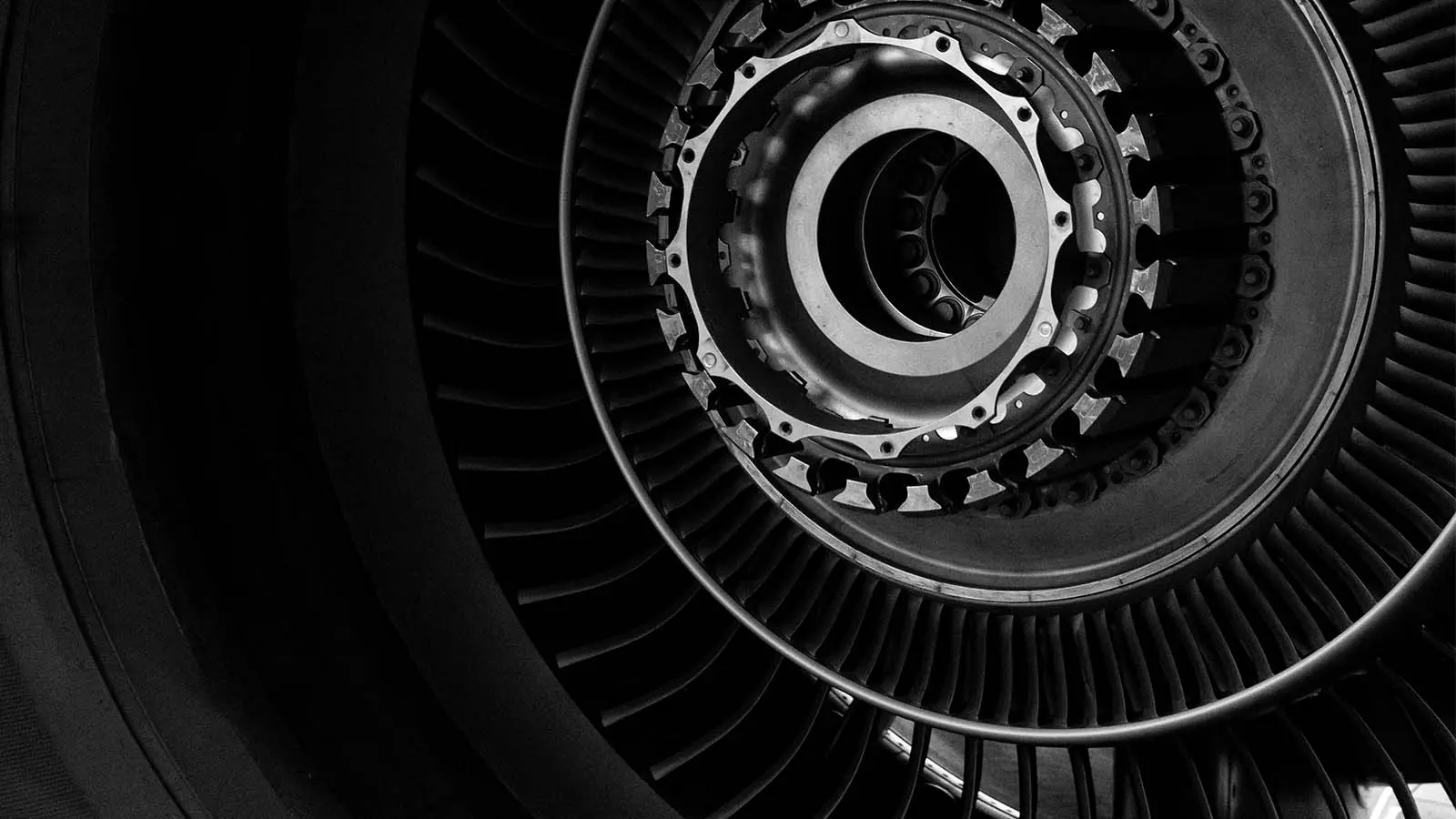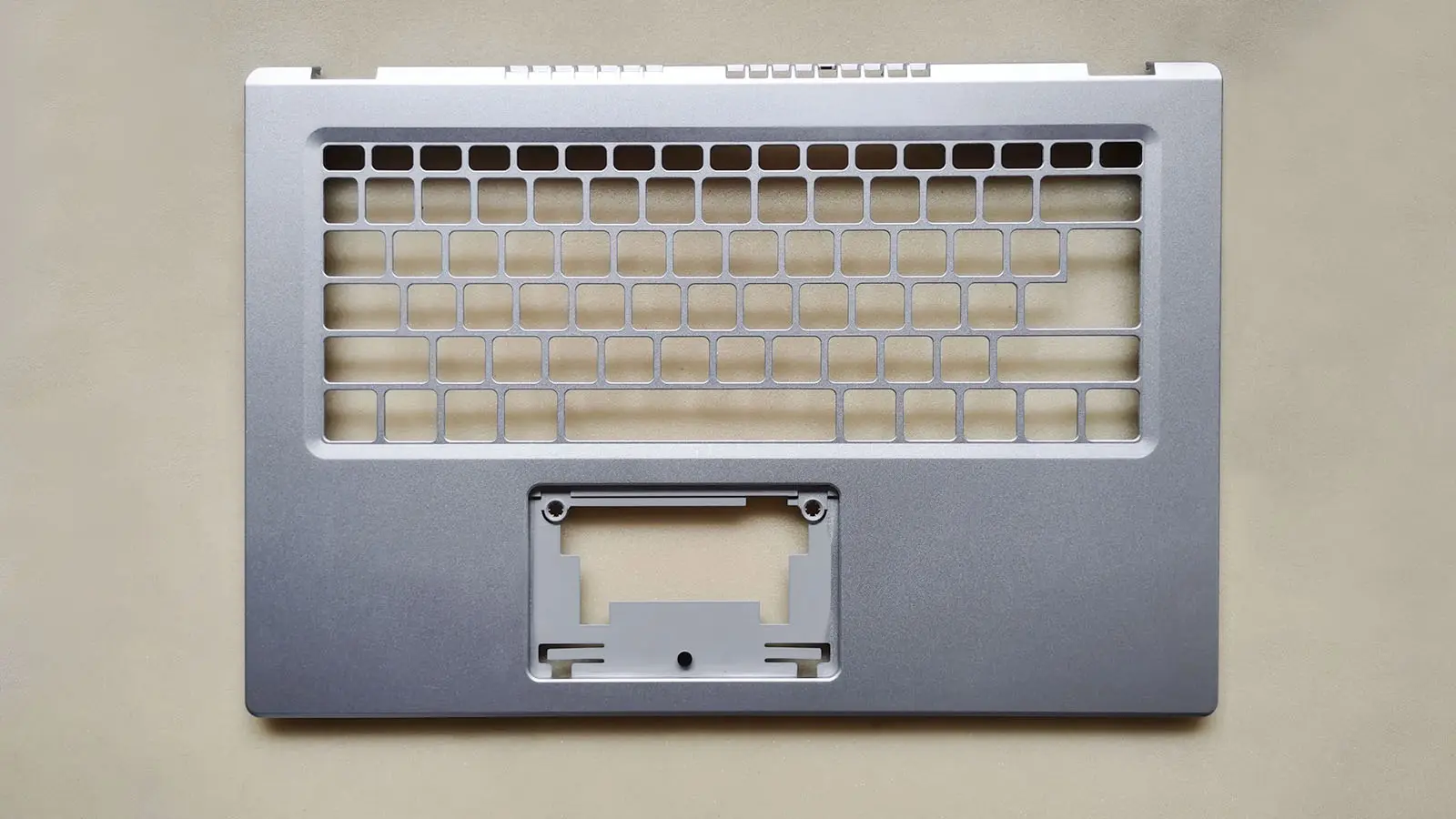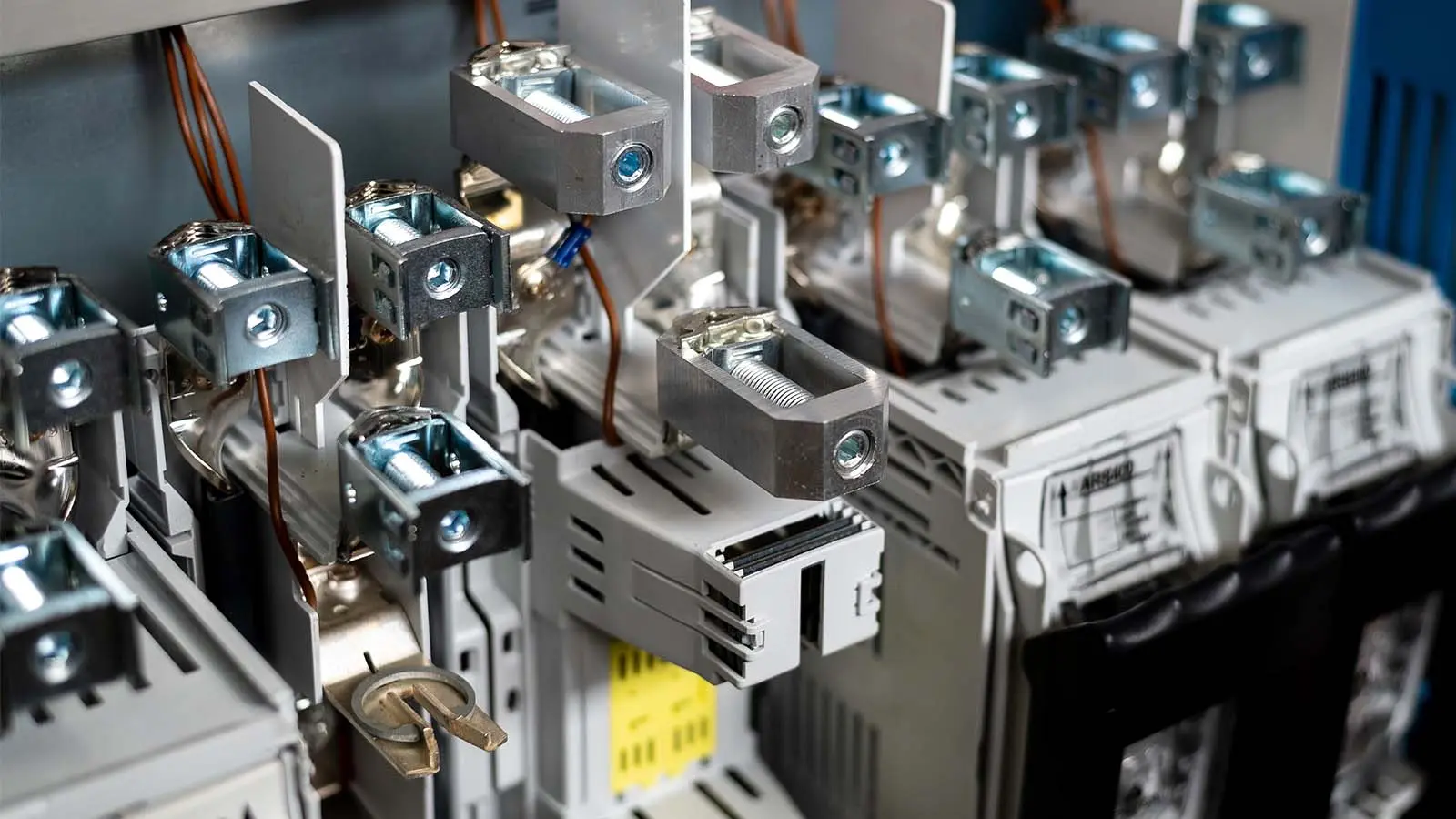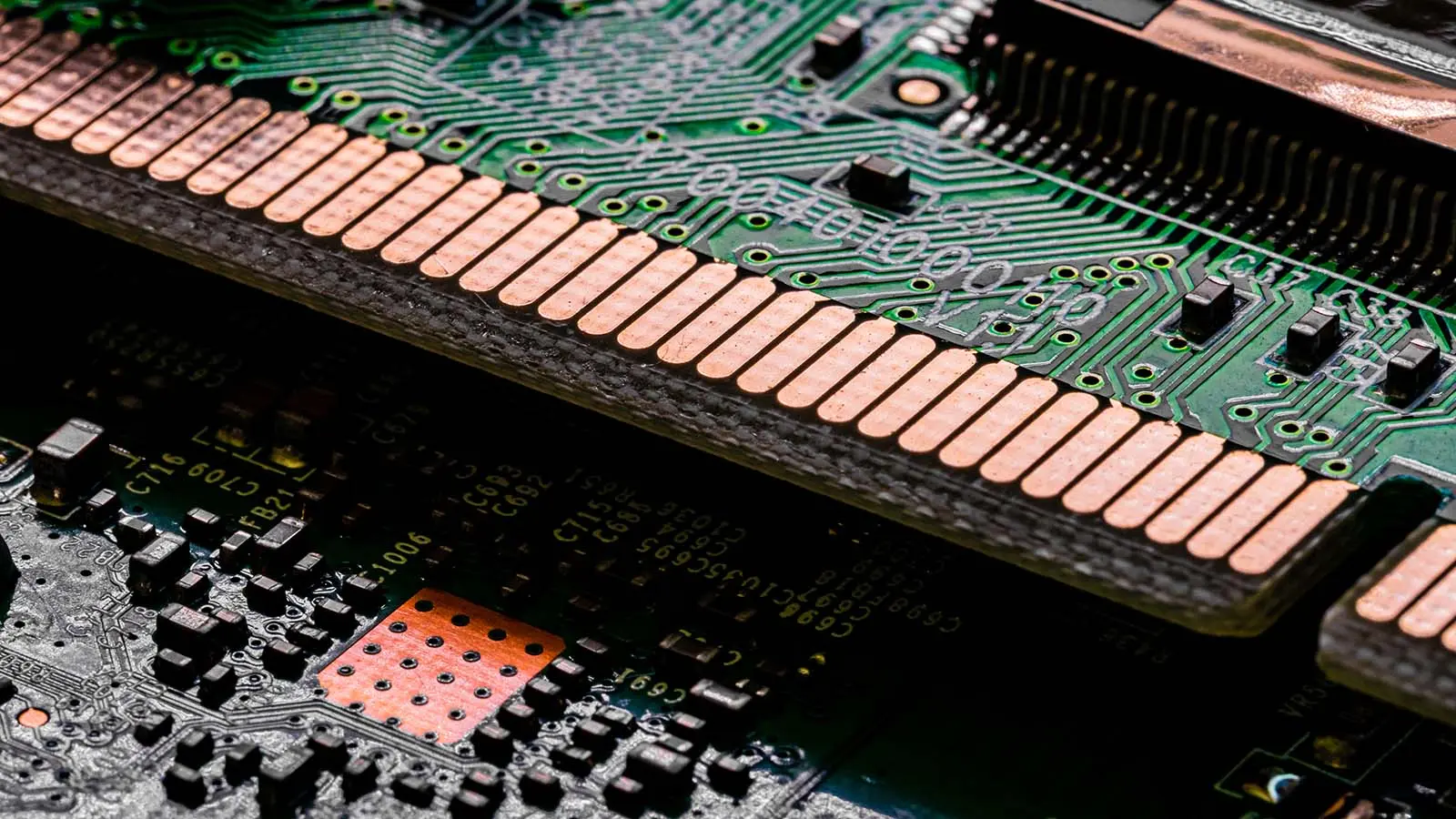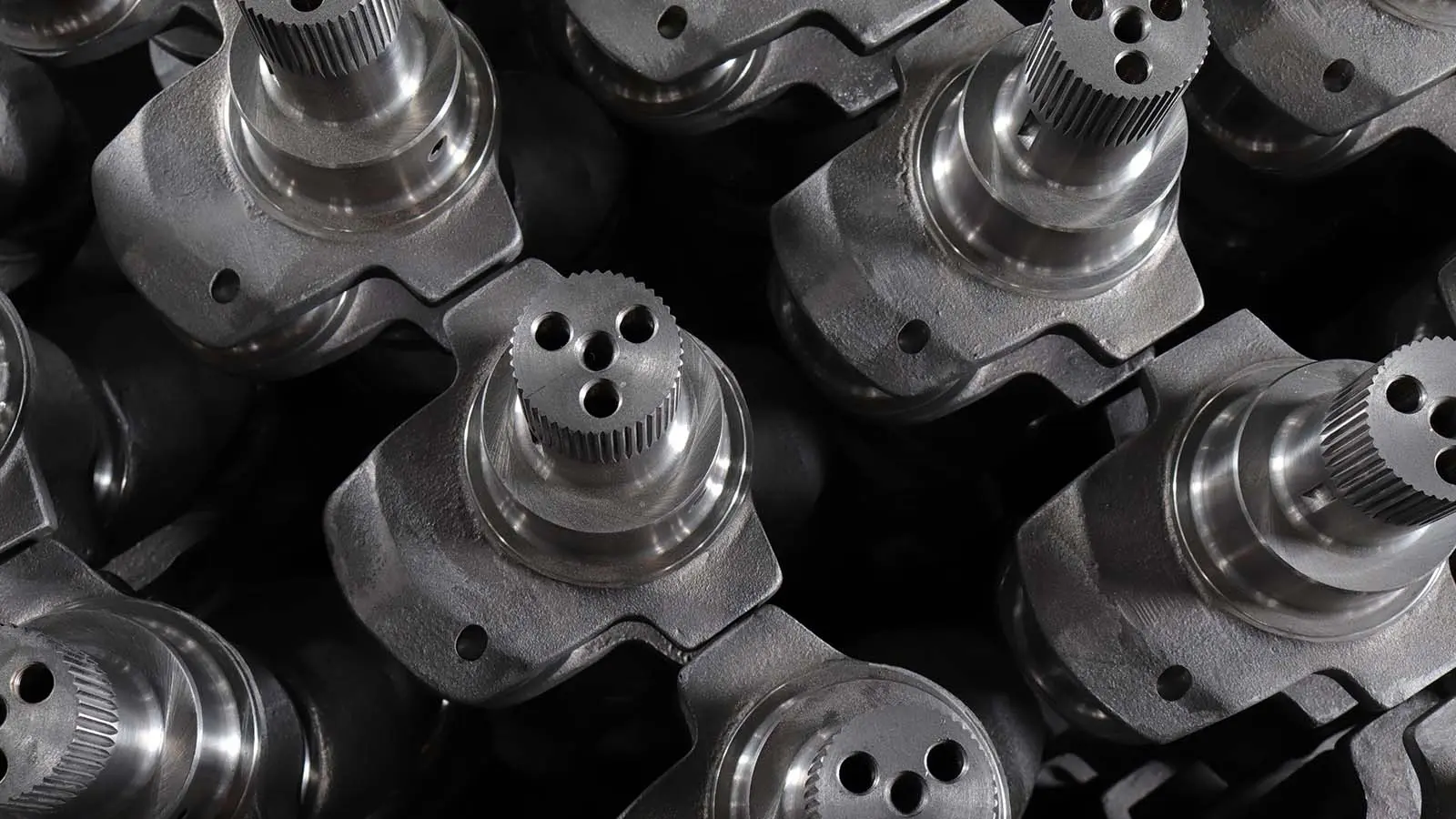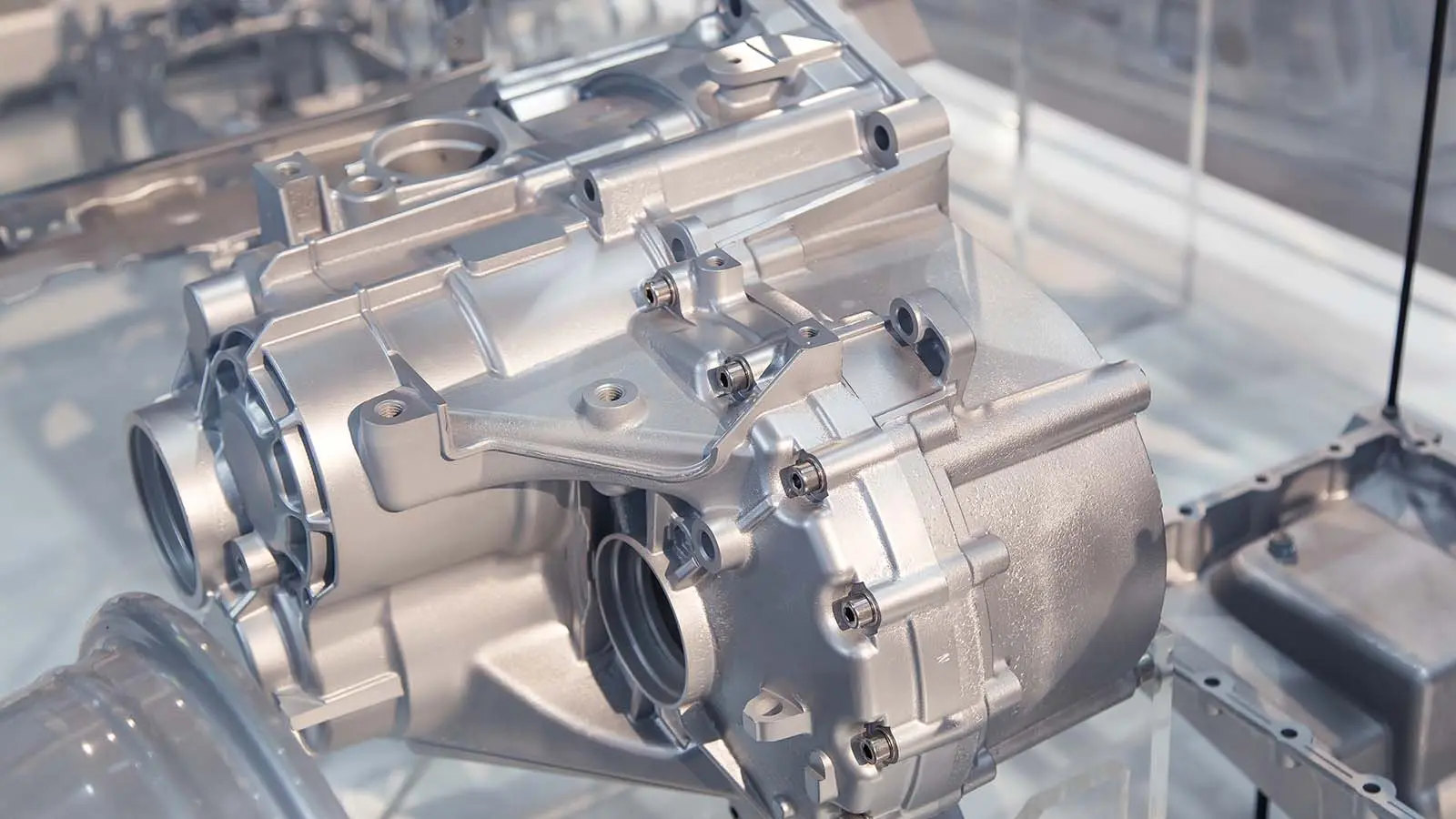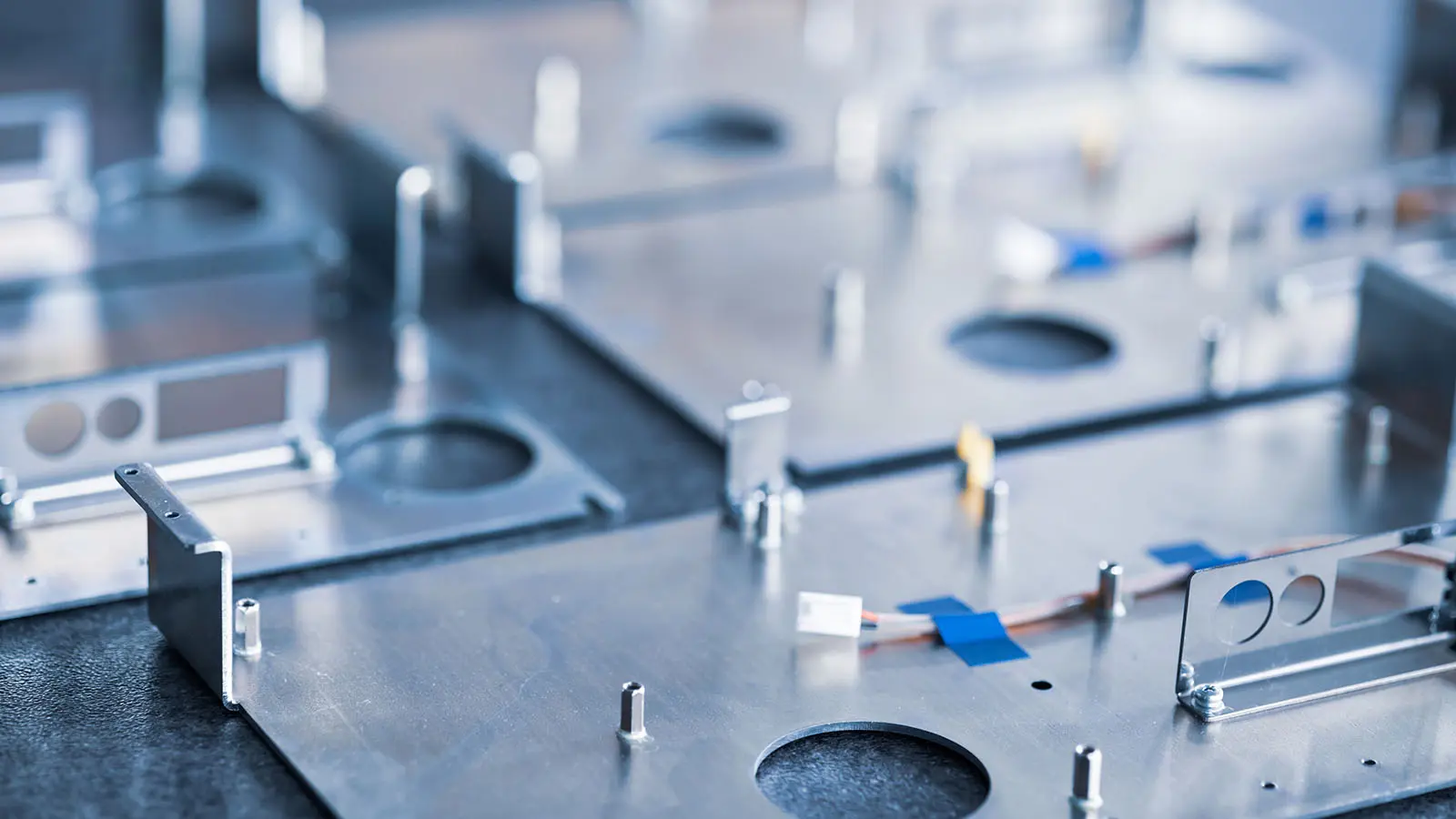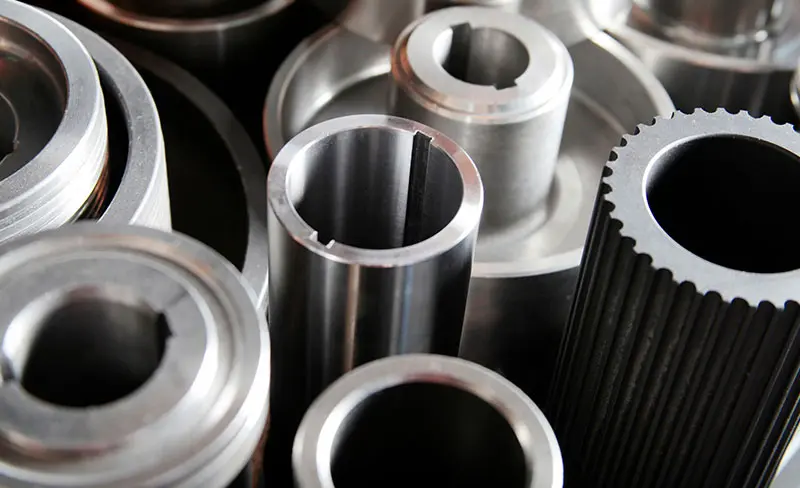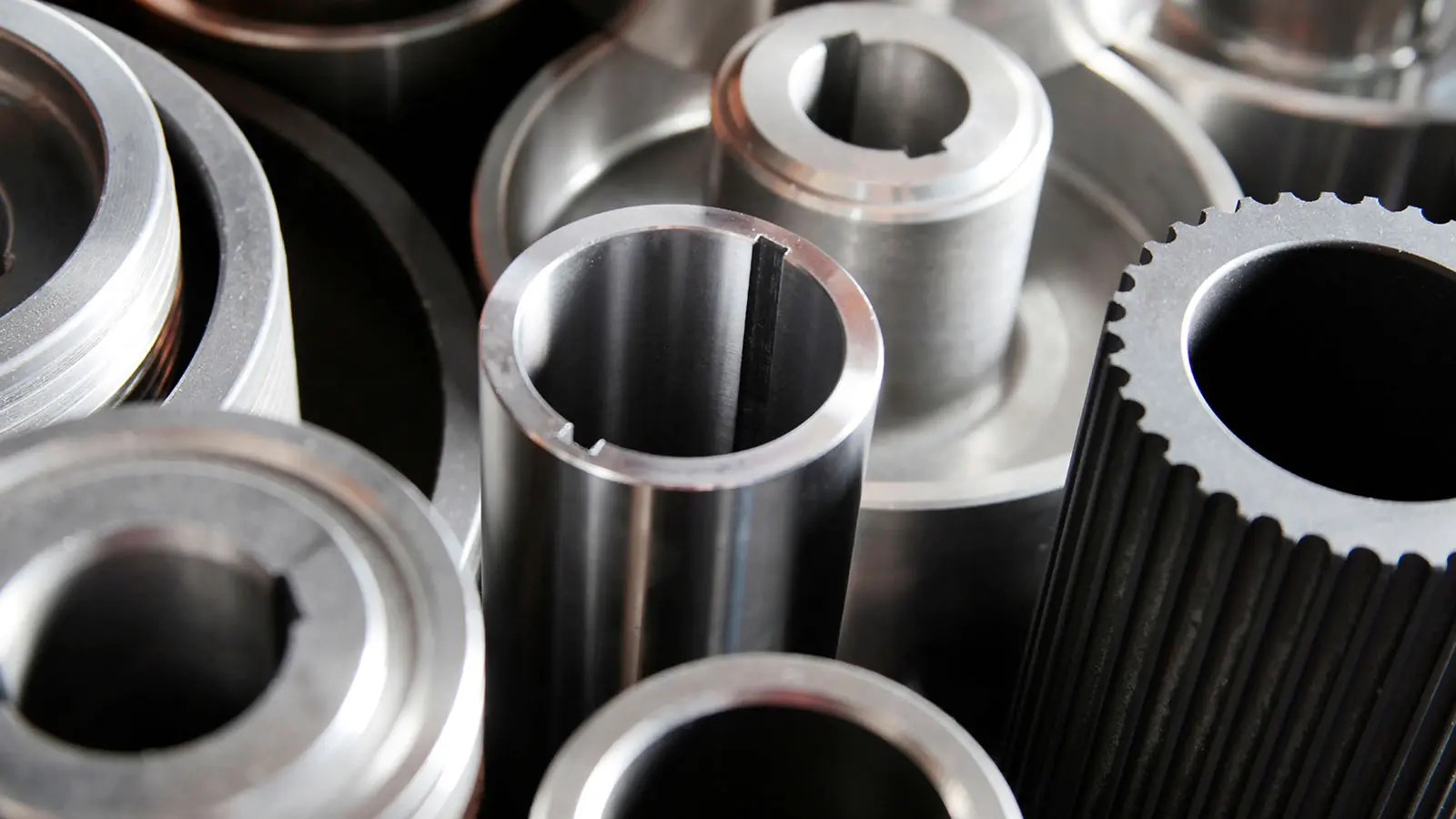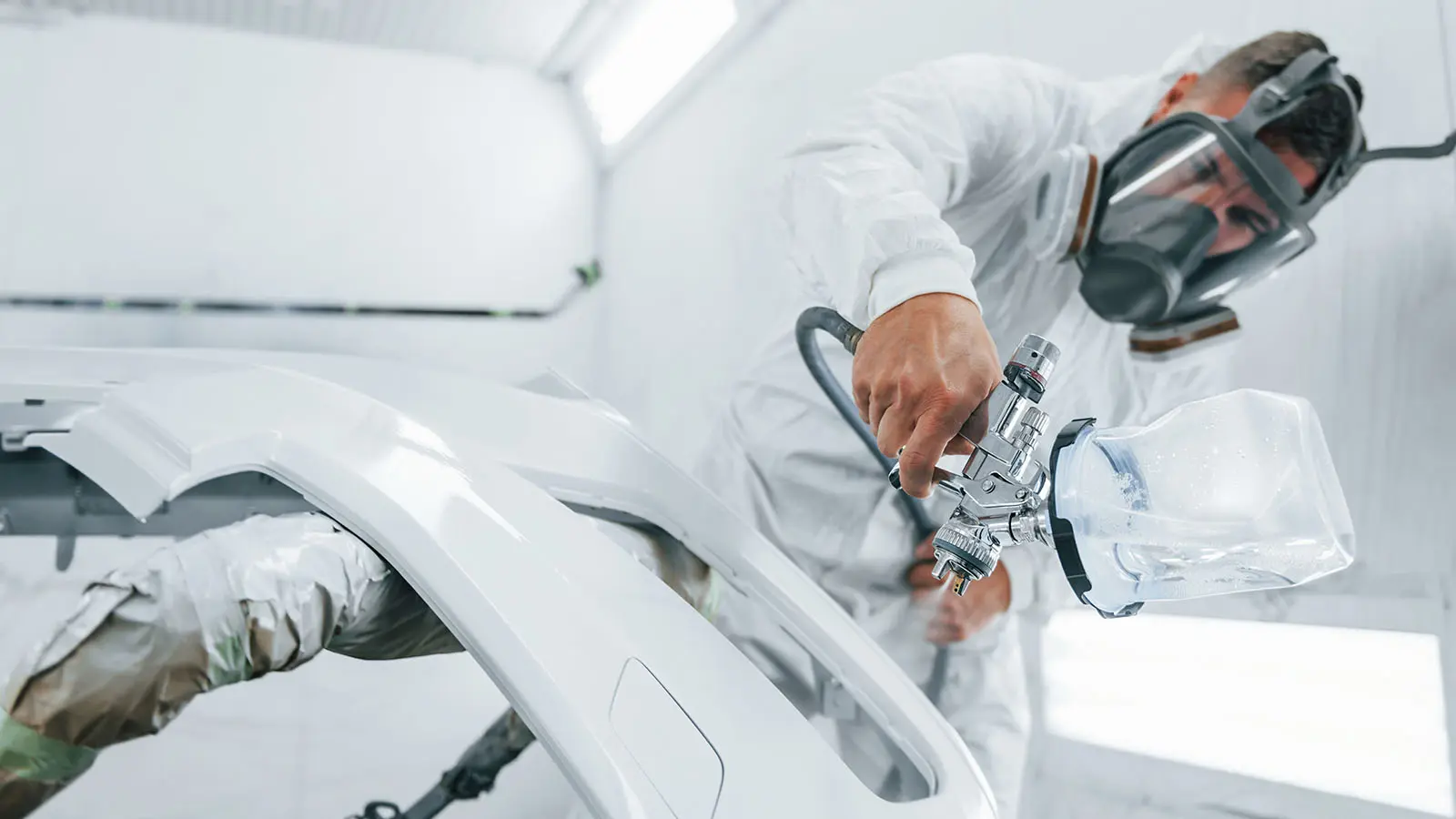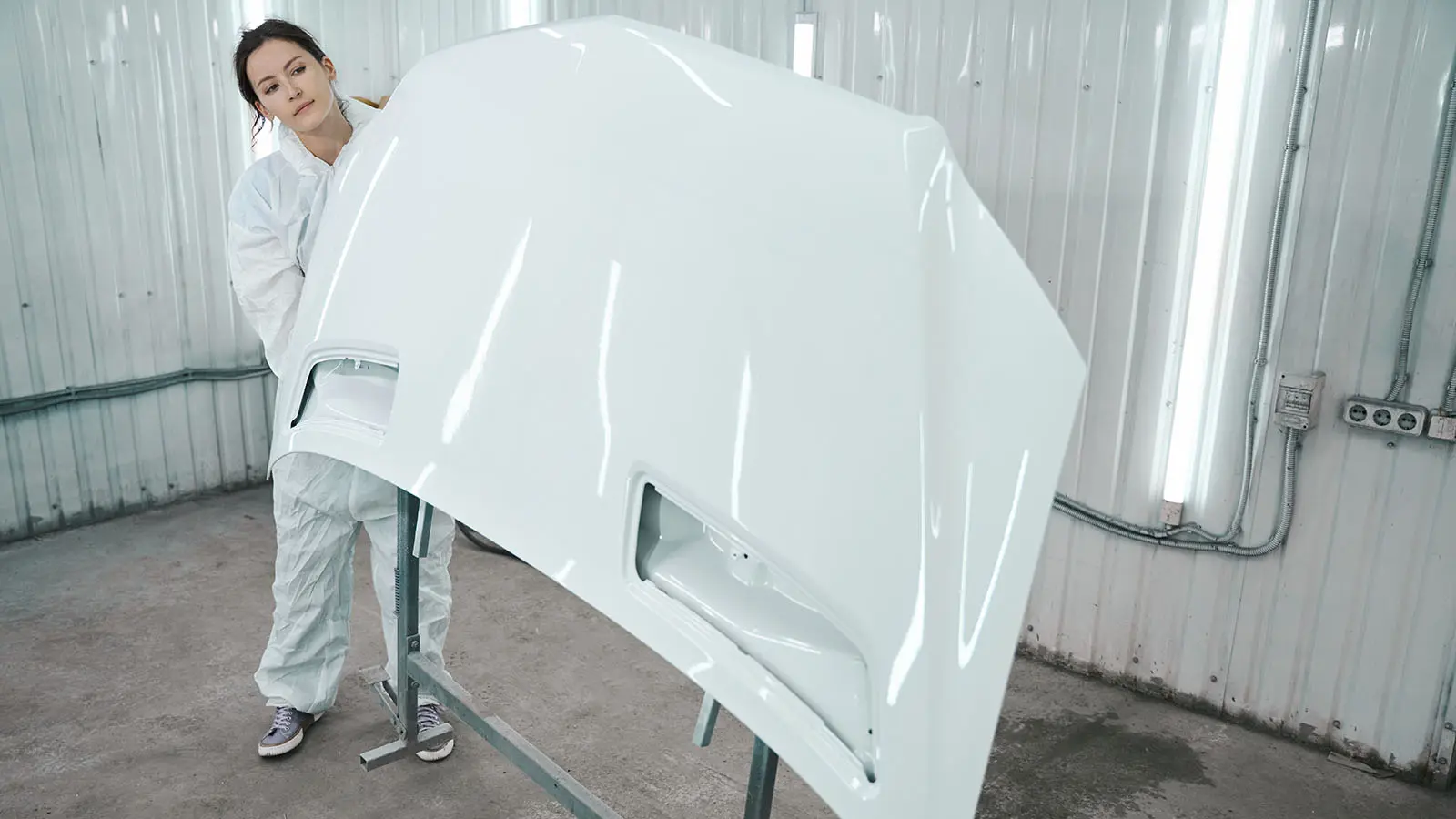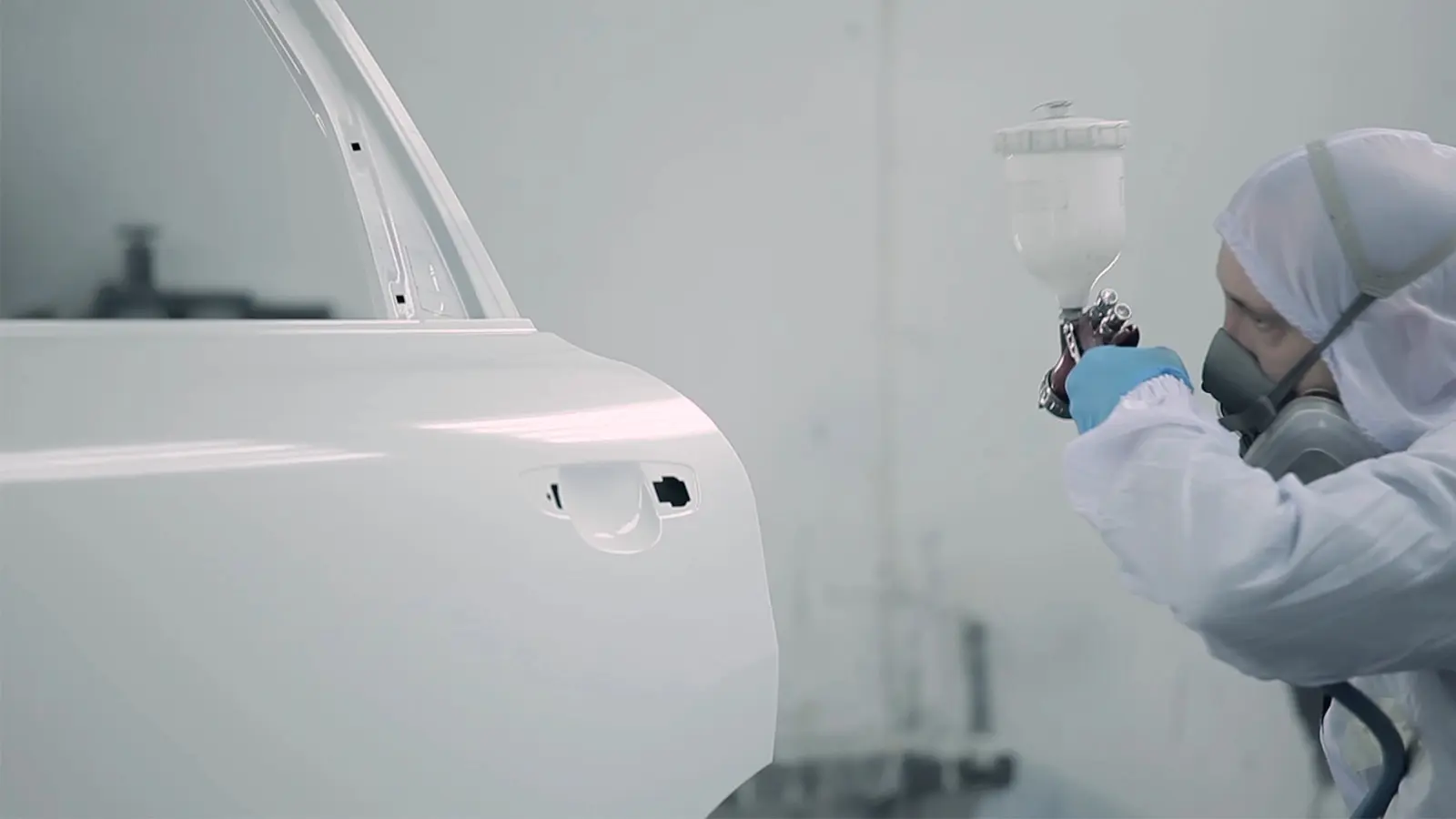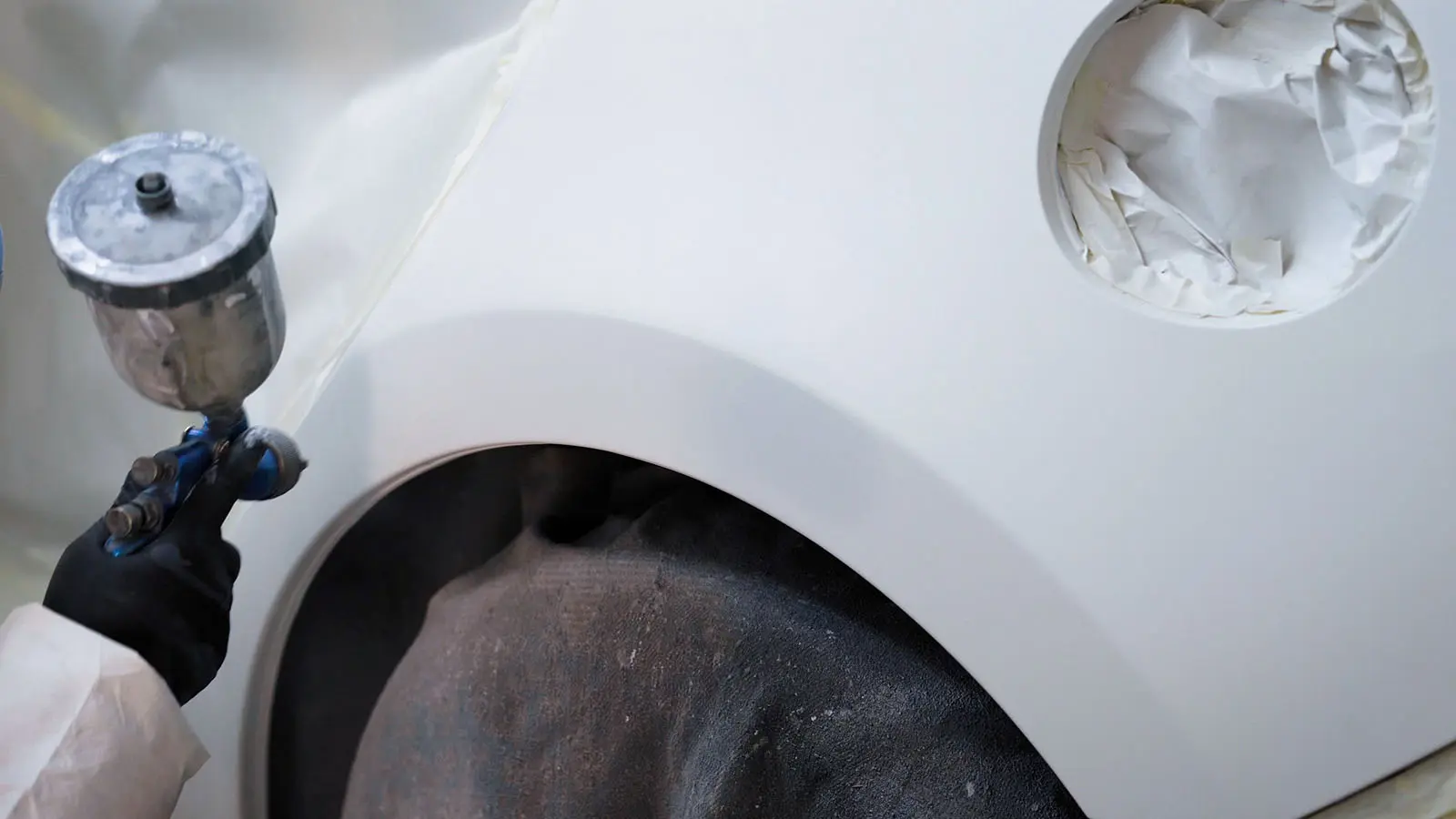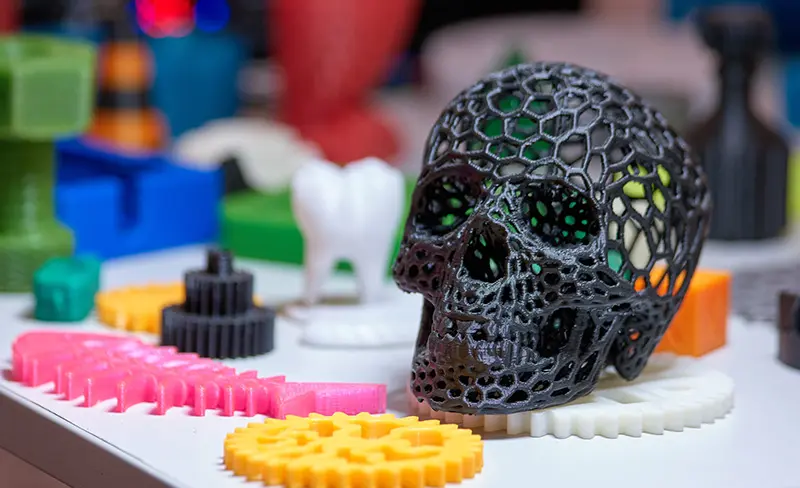
Exploring the 4 Most Common 3D Printing Materials and Their Usage Scenarios
Exploring the 4 Most Common 3D Printing Materials and Their Usage Scenarios | NOWfab
- Release Date: April 28, 2024
Introduction to 3D Printing Materials
3D printing, also known as additive manufacturing, is a revolutionary technology that creates physical objects from digital models by layering materials. It’s a process that offers unprecedented design freedom and efficiency in manufacturing. At the core of this technology is the selection of the right material, which is crucial for the success of a 3D-printed object. Material properties such as strength, flexibility, heat resistance, and durability directly impact the final product’s performance and quality. Choosing the appropriate material for an object’s intended use is essential to ensure that it meets both functional requirements and aesthetic standards. From PLA for its ease of printing to ABS for its strength, or PETG for outdoor applications, the choice can make all the difference in the effectiveness of a 3D printed part.
The 4 Most Common 3D Printing Materials
1. PLA (Polylactic Acid)
(1) Overview of PLA as a 3D Printing Material
PLA, or Polylactic Acid, is a favored material in the 3D printing realm, renowned for its user-friendly nature, cost-effectiveness, and biodegradable properties. This thermoplastic is derived from renewable resources like cornstarch, making it an eco-friendly option. PLA prints with minimal warping and adheres well to print beds, simplifying the printing process for hobbyists and professionals alike. Its ease of use, coupled with a low melting point, makes PLA an excellent choice for beginners and small-scale projects, where detailed and intricate designs are desired.
(2) Common Usage Scenarios for PLA
PLA finds widespread use in various sectors due to its ease of printing and versatility. Common applications include prototyping, which allows for quick iteration of designs, and hobbyist projects, such as model building and crafting. Additionally, its low odor and fume production make PLA an ideal choice for educational settings, where students can safely explore 3D printing technology.
(3) Advantages and Limitations of PLA in 3D Printing
PLA is a standout choice for 3D printing due to its low warping tendency, which results in parts with excellent dimensional stability. It also enables the production of highly detailed prints, making it ideal for intricate designs. However, it does have limitations; PLA’s low-temperature resistance means it’s not suitable for high-heat applications. Despite this, PLA remains a popular material for a wide array of moderate-temperature projects, from casual printing to educational demonstrations.
2. ABS (Acrylonitrile Butadiene Styrene)
(1) Characteristics of ABS for 3D Printing Applications
ABS, or Acrylonitrile Butadiene Styrene, is a leading material in 3D printing, celebrated for its exceptional strength, toughness, and durability. These characteristics render ABS ideal for a variety of functional parts and applications with higher demands. It offers excellent mechanical properties, such as impact resistance and thermal stability, making it suitable for producing robust components that require a combination of strength and flexibility. ABS is a go-to choice for manufacturing items like automotive parts, mechanical assemblies, and consumer product prototypes.
(2) Typical Industries and Products Using ABS
ABS is a versatile material widely utilized across various industries. It’s a go-to choice in the automotive sector for manufacturing interior components and protective casings. The aerospace industry also leverages ABS for certain non-structural parts due to its strength and durability. Additionally, consumer electronics frequently employ ABS for creating housings and cases, capitalizing on its ability to withstand wear and resist impact.
(3) Working with ABS: Tips and Considerations
When working with ABS, temperature management is key. It requires a higher printing temperature, typically between 230°C to 250°C, necessitating a heated bed to prevent warping. Ventilation is also crucial due to ABS’s tendency to produce fumes. To optimize print quality, use a cooling fan at low speeds and avoid touching the print until it’s fully cooled. These practices ensure robust ABS parts with minimal defects.
3. PETG (Polyethylene Terephthalate Glycol)
(1) Introduction to PETG as a Versatile 3D Printing Material
PETG, or Polyethylene Terephthalate Glycol, is an innovative 3D printing material known for its strength, flexibility, and durability. It stands out with its inherent resistance to UV light and moisture, making it an excellent choice for applications exposed to sunlight or humidity. PETG’s toughness and ability to withstand a variety of environmental conditions position it as a reliable material for outdoor use and items subject to weathering. This material’s versatility and performance characteristics make it a popular selection for a range of products, from consumer goods to industrial components.
(2) Applications Where PETG Excels
PETG excels in applications requiring durability and environmental resistance. It’s particularly useful for outdoor applications due to its UV stability, making it ideal for items like patio furniture and outdoor signs. Additionally, PETG’s resistance to moisture and food-safe properties position it as a top choice for manufacturing food-contact items, such as containers and storage solutions, ensuring longevity and safety in the food industry.
(3) PETG’s Benefits Over Other Common 3D Printing Materials
Compared to PLA, ABS, and Nylon, PETG offers distinct advantages for 3D printing applications. It boasts better layer adhesion than PLA, resulting in stronger and more cohesive prints. When stacked up against ABS, PETG exhibits less warping due to its higher thermal stability, making it ideal for detailed models. Additionally, PETG’s chemical resistance surpasses that of ABS, while its ease of printing is more accessible than working with Nylon, which is known for its challenging requirements. These attributes make PETG a versatile choice for a wide array of 3D printing projects.
4. Nylon
(1) Properties and Attributes of Nylon for 3D Printing
Nylon, a polymer with a reputation for strength and flexibility, is a standout material in the 3D printing industry. Known for its lightweight properties, nylon offers high resistance to abrasion and impact, characteristics that make it highly suitable for functional parts and components that require durability. This material’s resilience and flexibility allow it to absorb shock without breaking, a feature that sets it apart for applications like hinges and gears. Nylon’s properties also lend themselves well to end-use parts that need to withstand daily wear and tear, establishing it as a reliable choice for long-lasting 3D-printed objects.
(2) Diverse Usage Scenarios for Nylon in 3D Printing
Nylon’s versatility in 3D printing extends across various sectors. In the automotive industry, it’s used for lightweight components like bushings and gears. The consumer goods sector leverages nylon for its durability in items such as sports equipment and personal accessories. Industrial applications capitalize on nylon’s strength and wear resistance for manufacturing parts like bearings and housings. Its adaptability makes nylon a popular choice for both functional prototyping and end-use production in these diverse markets.
(3) Handling and Post-Processing Nylon Prints
Handling nylon 3D prints requires attention to cooling to prevent deformation. Post-processing involves using specific solvents, like acetone, for a smooth finish. This technique, known as vapor smoothing, can create a glossy, finished surface on nylon parts. Ensuring proper ventilation and safety measures when using solvents is crucial. These steps are key to achieving high-quality nylon prints ready for end-use applications.
Comparative Analysis of 3D Printing Materials
When it comes to selecting the perfect material for your 3D printing project, understanding the unique properties and ideal applications of each option is crucial. Below is a comparative table that outlines the key attributes and suitable use cases for PLA (Polylactic Acid), ABS (Acrylonitrile Butadiene Styrene), PETG (Polyethylene Terephthalate Glycol), and Nylon.
Comparative Table of 3D Printing Materials
| Material | Key Properties | Ideal Applications | Melting Point (°C) | Notable Benefits | Potential Drawbacks |
|---|---|---|---|---|---|
| PLA | Biodegradable, Easy to print | Prototyping, Hobby models | 150-160 | Low warping, Detailed prints | Low heat resistance |
| ABS | Strong, Durable | Functional parts, Automotive | 210-240 | High strength, Tough | High warping tendency |
| PETG | Tough, UV resistant | Outdoor use, Food contact items | 230-240 | Chemical resistance, Flexibility | Higher printing temp required |
| Nylon | Flexible, Strong | Hinges, Caster wheels | 220-260 | High impact strength,wear-resisting | Difficult to print, Requires cooling |
This table serves as a guide to help you make an informed decision based on the specific requirements of your project. Whether you’re looking for a material that’s environmentally friendly, offers structural integrity, or caters to specific mechanical properties, the right choice is at your fingertips.
For a more in-depth analysis, consider the following when selecting a material:
- Environmental Impact: Consider the sustainability of the material, especially if biodegradability is a priority.
- Mechanical Requirements: Evaluate the strength, flexibility, and durability needed for your application.
- Thermal Performance: If the part will be exposed to high temperatures, a material with a high melting point is essential.
- Detail Precision: For intricate designs, a material that allows for fine detail and layer resolution is necessary.
By taking into account these factors and referring to the comparative table, you can ensure that your 3D printing project will be a success, tailored to your exact specifications and needs.
Environmental Impact of 3D Printing Materials
1. Sustainability and the Lifecycle of Common 3D Printing Materials
The environmental impact of 3D printing materials is a growing concern. PLA, being biodegradable, offers an eco-friendly alternative, although its recycling infrastructure is still developing. ABS, while durable, is petroleum-based and not biodegradable, with limited recycling options due to contamination risks. PETG is recyclable and more resistant to environmental degradation but requires specialized facilities. Nylon has a higher recycling value and is known for its strength, yet it also poses challenges in recycling. Considering the lifecycle and environmental footprint of each material is essential for sustainable 3D printing practices.
2. Eco-Friendly Alternatives and Recycling Efforts
As the 3D printing industry evolves, there’s a growing focus on eco-friendly alternatives to traditional materials. Biodegradable materials like PLA, made from renewable resources, are leading the way, with ongoing research to enhance their performance. Additionally, advancements in recycling technologies aim to make materials like ABS and PETG more sustainable. Initiatives such as the development of new, environmentally conscious 3D printing filaments and the establishment of recycling programs are pivotal steps towards a greener future for the industry.
Conclusion
In the realm of 3D printing, material selection is paramount. It’s crucial to consider the intrinsic properties of materials, such as strength, flexibility, and thermal resistance, to ensure the printed object meets its intended application. Whether it’s for prototyping, tooling, or end-use production, the choice of material can make or break a project. Durability, weight, and surface finish are also pivotal factors that influence the decision-making process. Furthermore, the environmental impact of materials, including their sustainability and recyclability, is increasingly significant in the face of growing eco-consciousness. As we look to the future, trends in 3D printing materials are leaning towards bio-based and recyclable options, aiming to reduce the carbon footprint of manufacturing. Innovations in material science are poised to revolutionize the industry, potentially leading to more cost-effective, efficient, and eco-friendly production methods. The integration of smart materials that can adapt to their environment and the rise of 4D printing, which adds the dimension of time to 3D-printed objects, are on the horizon. These advancements promise to reshape not just the manufacturing sector, but also the way we think about product lifecycles and waste management.
Further Reading
https://www.nowfab.com/mastering-3d-printing-in-automotive-applications/
Try NOWfab Now!
All information and uploads are secure and confidential.
Latest Blog Posts
Stay at the forefront of industry innovation by reading our latest blog post.

